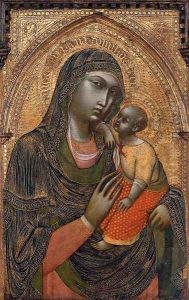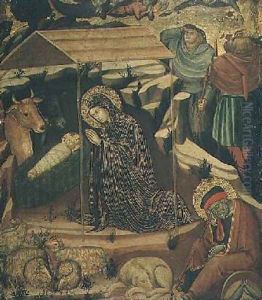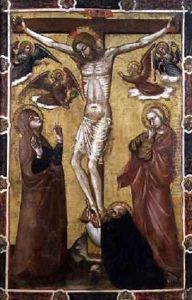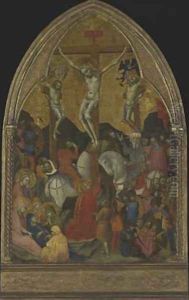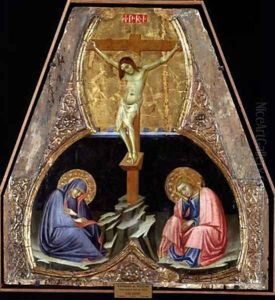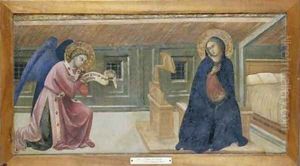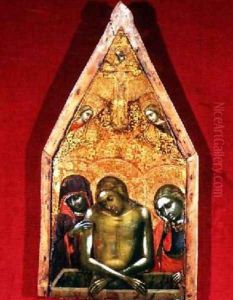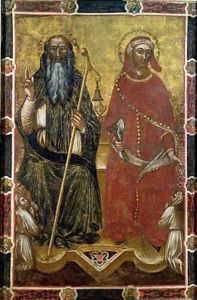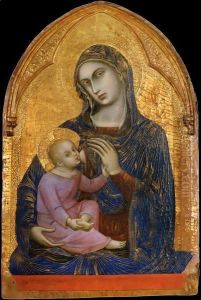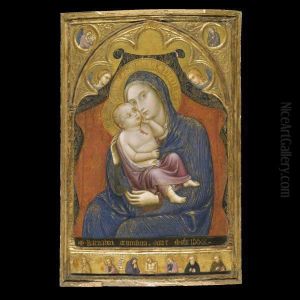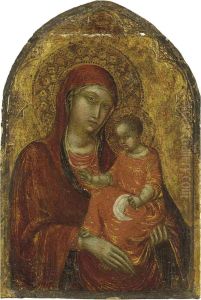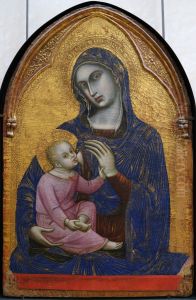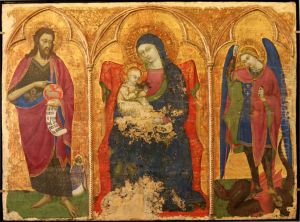Barnaba Da Modena Paintings
Barnaba da Modena was a significant figure in the Italian Gothic art movement, heralding from Modena, a city in Northern Italy. Despite the scarcity of concrete details about his life, his works have been pivotal in understanding the artistic transitions and influences between the medieval and Renaissance periods in Italy. Barnaba's career is primarily documented through his paintings, which exhibit a blend of Byzantine influences and the emerging Gothic style, characteristic of the 14th century in Italy. His adoption of Gothic elements marked a departure from the strictly Byzantine style that dominated Italian art, introducing more naturalistic and expressive forms. Barnaba da Modena was known for his religious paintings, most notably his depictions of the Madonna and Child, which were revered for their tender expressions and intricate detail. His work was not confined to Modena; he was active across various Italian city-states, including Genoa, where he contributed significantly to the local artistic landscape. His influence was notable among his contemporaries and later generations, bridging the gap between the Byzantine tradition and the evolving Gothic style. Despite the limited information on his personal life, Barnaba da Modena's legacy is preserved through his contributions to the development of Italian Gothic art, making him a notable figure in the history of art. His works continue to be studied for their aesthetic and historical value, highlighting his role in the transition towards more naturalistic representations in art.
